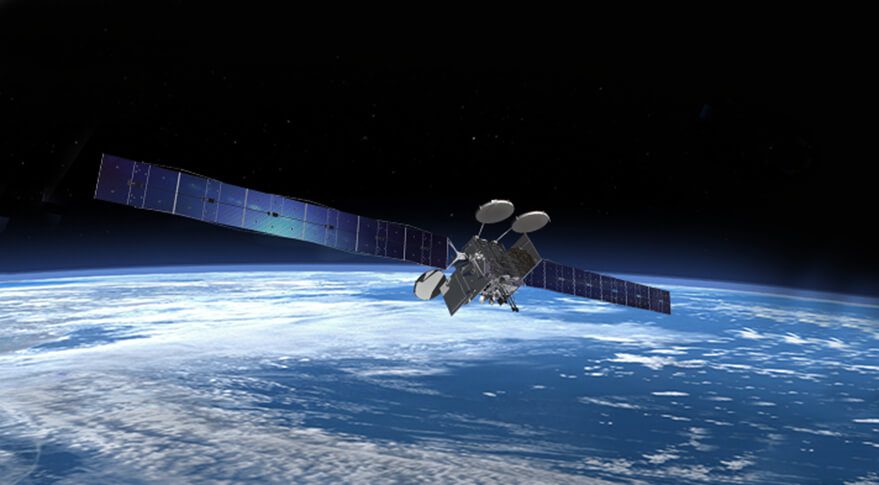Space insurers initially appeared to have had a good year in 2017, with premium revenues exceeding US$625 million (for both launch and in orbit insurance) and losses of much less than this at circa US$270 million. The worst confirmed loss in dollar terms was the Long March 3B/E launch stranding of the Chinasat 9A/Sinosat 4, which cost insurers US$144 million for partial life loss as it recovered itself to the correct orbit. The Intelsat 33e thruster placement error was the next bad, costing insurers US$78 million.
However, having initially been reported as recovered after a post-launch telemetry interruption, the Russian-built communications satellite Angosat 1 (insured value US$121 million – corrected) was again reported to be out of control – this time due to a power fault. Meanwhile, in even more worrying news for insurers, the large communications satellite Viasat 2 was reported to have an antenna/beam anomaly. So far the Viasat company’s public announcements about the fault have been soothing. However, given that its insured value was well in excess of US$500 million (corrected), even a partial loss would be a substantial amount.
Space as an insurance class wanted to have a good year, not only to prove its worth to insurance companies, but also because other classes had a loss-making year due to Atlantic storms.

Artist’s impression of Viasat-2 in orbit. Courtesy: Boeing







